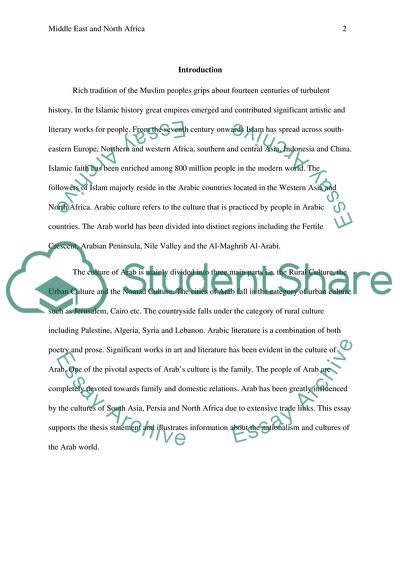Cite this document
(Middle East and North Africa in the Eyes of the World Community Essay Example | Topics and Well Written Essays - 2500 words, n.d.)
Middle East and North Africa in the Eyes of the World Community Essay Example | Topics and Well Written Essays - 2500 words. https://studentshare.org/history/1869289-middle-east-and-north-africa
Middle East and North Africa in the Eyes of the World Community Essay Example | Topics and Well Written Essays - 2500 words. https://studentshare.org/history/1869289-middle-east-and-north-africa
(Middle East and North Africa in the Eyes of the World Community Essay Example | Topics and Well Written Essays - 2500 Words)
Middle East and North Africa in the Eyes of the World Community Essay Example | Topics and Well Written Essays - 2500 Words. https://studentshare.org/history/1869289-middle-east-and-north-africa.
Middle East and North Africa in the Eyes of the World Community Essay Example | Topics and Well Written Essays - 2500 Words. https://studentshare.org/history/1869289-middle-east-and-north-africa.
“Middle East and North Africa in the Eyes of the World Community Essay Example | Topics and Well Written Essays - 2500 Words”. https://studentshare.org/history/1869289-middle-east-and-north-africa.


